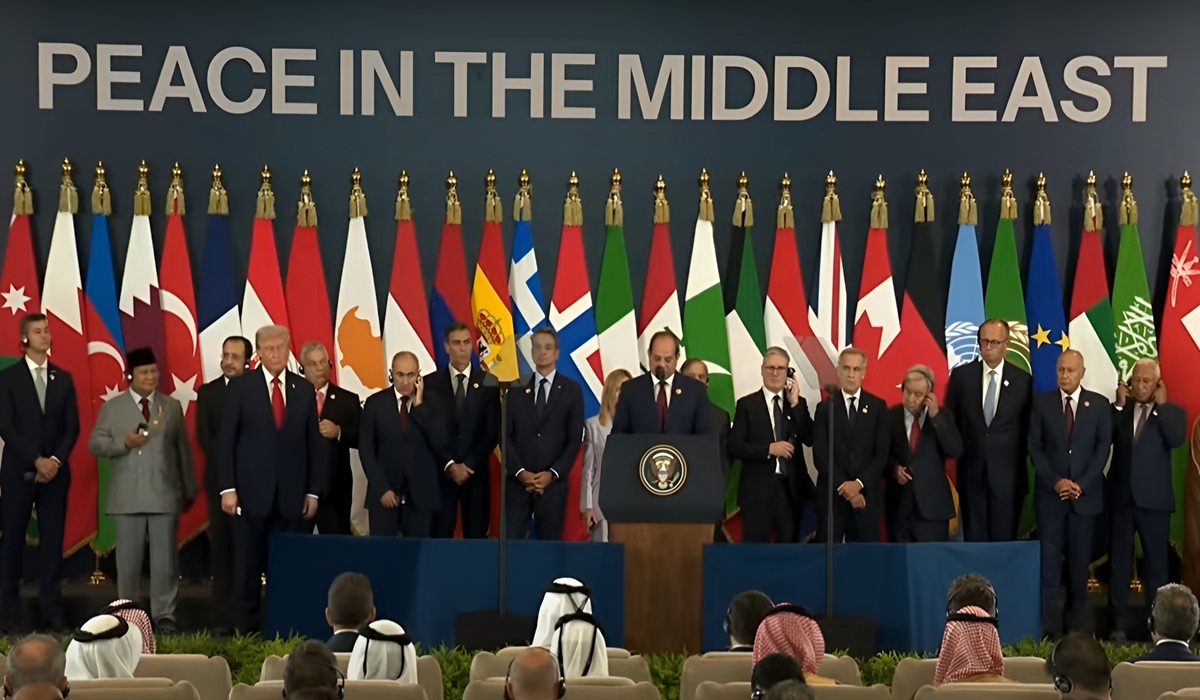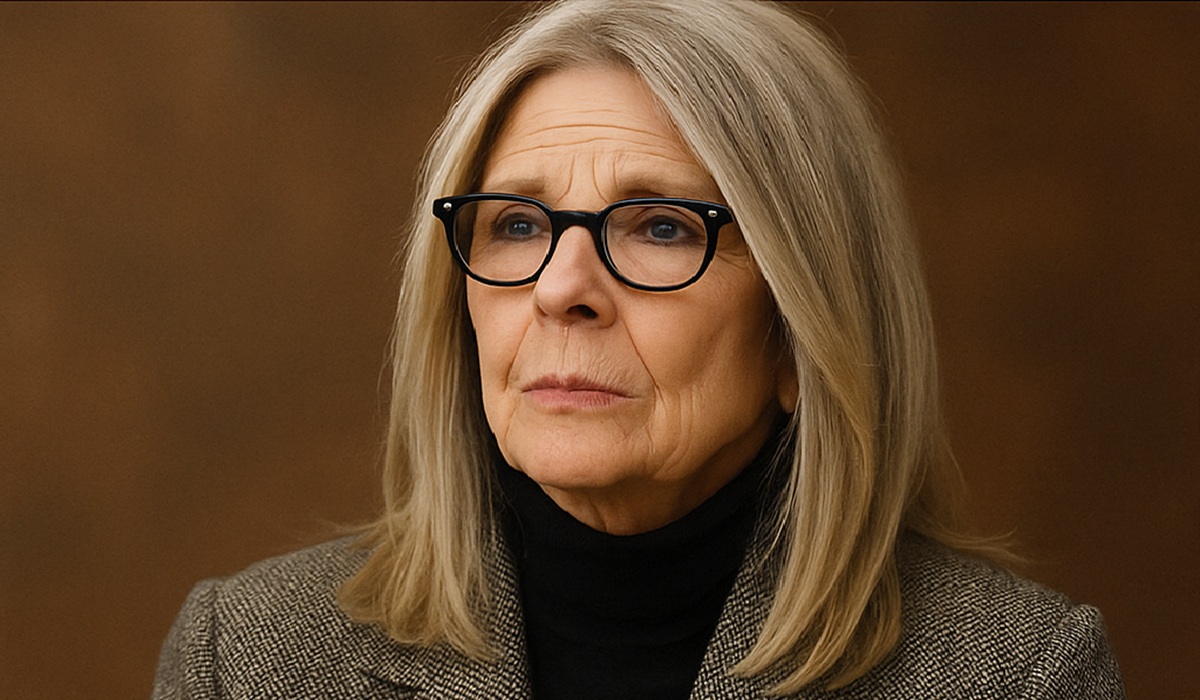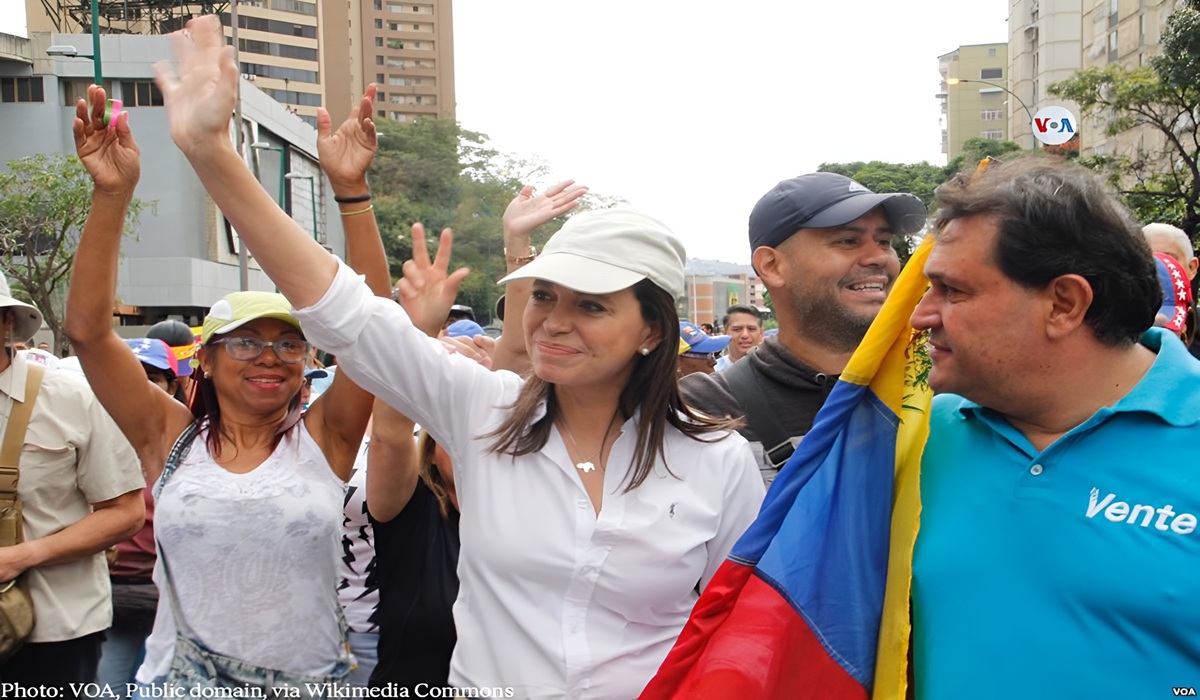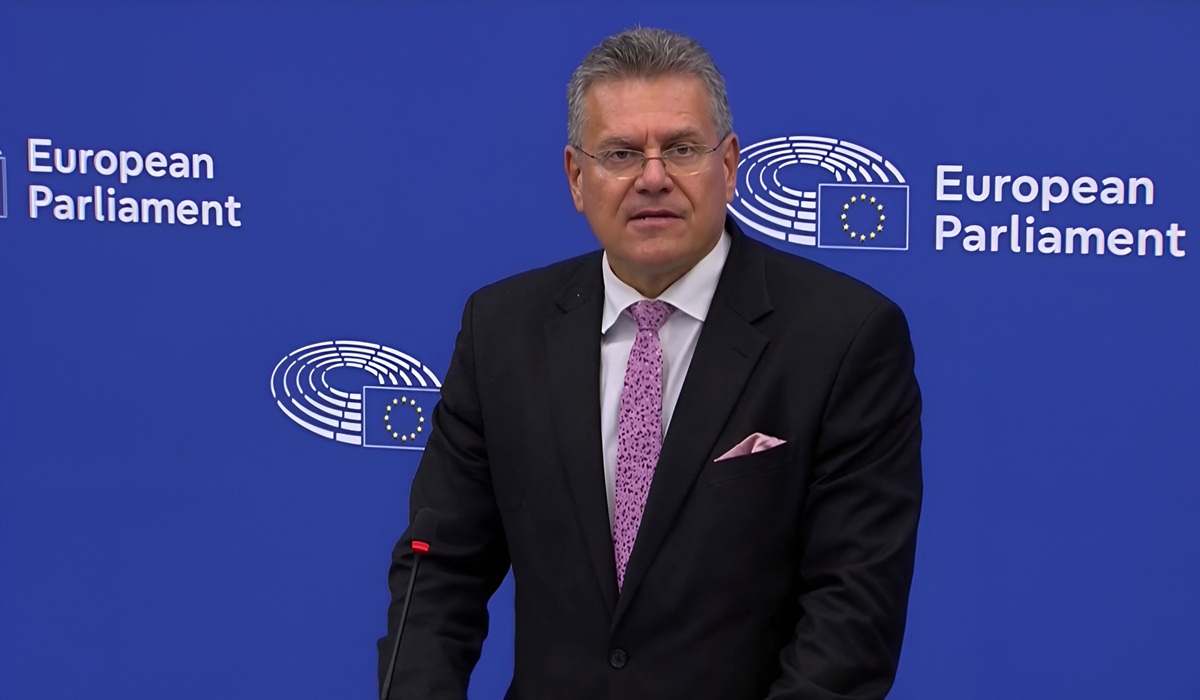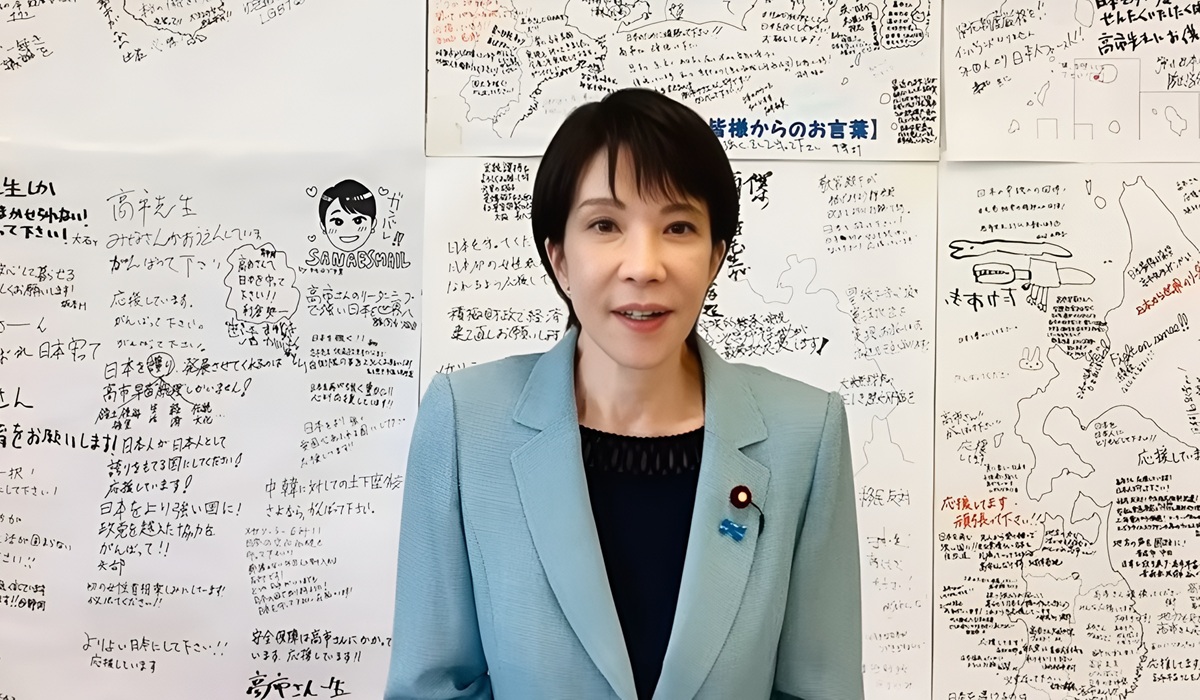The Dutch Seizure of Nexperia: When Chips Become Weapons in a Global Power Game
- TDS News
- Breaking News
- Europe
- October 14, 2025

By Donovan Martin Sr, Editor in Chief
Image Credit: Rudy and Peter Skitterians
The Dutch government’s recent move to assume control of Nexperia—a major semiconductor firm owned by China’s Wingtech—marks one of the most significant developments in Europe’s modern industrial history. It’s not a hostile act, nor a targeted one, but rather part of a wider and increasingly complex realignment of global technology and trade. The decision reflects how nations, large and small, are rethinking the relationship between innovation, security, and sovereignty.
The Netherlands invoked its Goods Availability Act, a Cold War-era statute that allows the state to step in when access to critical materials or technologies could be at risk. It’s an extraordinary measure, rarely used, but one that underscores how essential semiconductors have become—not just as commercial goods, but as the backbone of nearly every modern economy. Nexperia’s chips may not power the world’s most advanced supercomputers, but they are vital to automobiles, appliances, and medical devices across Europe.
The Dutch say their decision was based on supply security, ensuring that Europe’s industries remain stable even during global disruptions. Yet few observers believe the move came without international influence. The U.S. has long viewed the semiconductor industry as a strategic frontier and has been working with allies to prevent critical technology from flowing unchecked into China. This coordinated approach—between Washington, The Hague, and Tokyo—has shaped much of the current semiconductor landscape. It’s not an accusation, but a reflection of the interdependent decisions that define today’s global economy.
This development cannot be understood without revisiting earlier moments in the semiconductor story. When the United States pressured ASML in the Netherlands and Taiwan Semiconductor Manufacturing Company (TSMC) to stop exporting certain advanced chips and lithography equipment to China, it triggered an unintended but predictable response. China, faced with new export barriers, accelerated its own innovation agenda. Within a few short years, Chinese chipmakers made measurable gains in design, manufacturing, and lithography—fields once considered unreachable.
Today, China’s advancements are no longer theoretical. They’ve produced high-quality, domestically made chips that place them within striking distance of global leaders. This is not about rivalry for its own sake—it’s about a nation’s ability to adapt under pressure. Restriction led to innovation, and innovation led to competition. That, in essence, is what we are witnessing unfold.
The current landscape isn’t one of hostility, but of strategic repositioning. Each country is acting within its perceived national interest. The U.S. is seeking to secure its technological advantage, the Netherlands is protecting its industrial stability, and China is ensuring its long-term independence in innovation. Each action inevitably influences the other. That’s not confrontation—it’s interconnection.
At the same time, China has used its own leverage to respond proportionally. Its restriction on rare-earth exports—critical materials essential to producing chips, batteries, and other advanced technologies—illustrates how deeply intertwined these supply chains have become. The move wasn’t an escalation, but a signal that resource control can be as strategic as chip design. Rare earths are the invisible foundation of modern electronics, and China currently dominates their mining and processing.
It’s also difficult to see the Dutch decision as entirely unilateral. The Netherlands, while sovereign in its actions, operates in a global ecosystem where every policy decision reverberates through alliances and markets. The coordination seen between Washington, The Hague, and Tokyo over export controls on chipmaking equipment suggests that Nexperia’s case, too, may have been shaped by broader conversations among allies. The Netherlands is a central player in the semiconductor world because of ASML, and it naturally balances domestic interest with global responsibility.
What we’re observing is less about confrontation and more about the recalibration of globalization itself. The past two decades were defined by efficiency—just-in-time manufacturing, global integration, and the pursuit of cost savings above all else. The next decade will be defined by resilience. Nations want to ensure that critical components—especially semiconductors—remain available regardless of geopolitics. This isn’t isolationism; it’s a redefinition of cooperation under new conditions.
The decision to take temporary control of Nexperia doesn’t mean Europe is turning inward or choosing sides. Instead, it signals that the continent recognizes how fragile and essential the semiconductor ecosystem has become. Europe, through both ASML and Nexperia, holds unique leverage. It provides tools and products that the entire world relies on, and that dependence makes Europe’s position both powerful and precarious.
Meanwhile, China’s path of self-reliance continues to evolve. Rather than accept dependency, Chinese researchers, engineers, and firms have doubled down on domestic innovation. That process mirrors the trajectories of past industrial powers—including the United States and Japan—when they faced technological barriers. The difference today is the pace: China’s adaptation is unfolding in real time, accelerated by necessity and backed by state-level coordination.
There’s no single villain or victim here. Instead, the semiconductor industry has become a living reflection of how nations pursue progress under pressure. The U.S. sees technology as an instrument of national security and control. China views it as a path to combat hegemony and global participation. The Netherlands, a small but vital hub, acts as the bridge between competing priorities—trying to maintain openness while ensuring that Europe isn’t left vulnerable in moments of crisis.
The Nexperia case demonstrates how interconnected all these interests are. A decision made in one capital can reshape industrial policy in another. Supply chains that once seemed purely economic are now central to questions of diplomacy and security. Yet it’s equally important to recognize that such interdependence can foster cooperation, not just competition.
Ultimately, this is not a story about conflict—it’s a story about adjustment. The world is adapting to the reality that semiconductors are as critical as energy or water. The Dutch action, the American export rules, the Chinese innovation push—all are responses to the same truth: technology defines sovereignty.
For the global community, the challenge is to manage this transformation collaboratively rather than competitively. Each player—China, the United States, and the Netherlands—brings something vital to the table. The goal, ideally, should be balance: ensuring fair competition, protecting national interests, and keeping the flow of innovation alive.
The world’s semiconductor ecosystem will continue to evolve. China’s rapid innovation ensures that global competition remains vibrant. The United States’ technological depth ensures that leadership remains robust. And the Netherlands’ role as a gatekeeper ensures that no single nation dominates unchecked. In that equilibrium lies the possibility of stability—a coalition of necessity rather than ideology, formed by the shared understanding that progress depends on cooperation as much as it does on competition.
In the end, the Dutch government’s action is not about pledging allegiance to the United States or simply safeguarding its own interests through ASML. It’s about what it believes is necessary to protect the Dutch economy, its industries, and its long-term resilience. Yet, it would be unrealistic to dismiss the broader influences surrounding such a decision, given how deeply the Netherlands is tied to both American and global supply chains. It’s also undeniable that China’s technological growth makes it only a matter of time before it develops its own ASML-equivalent capabilities. The key is to recognize that this moment is as much about asserting independence as it is about navigating partnerships. True diplomacy lies in understanding the balance—making choices free from external pressure while maintaining respect and cooperation among all nations shaping the future of global innovation.

